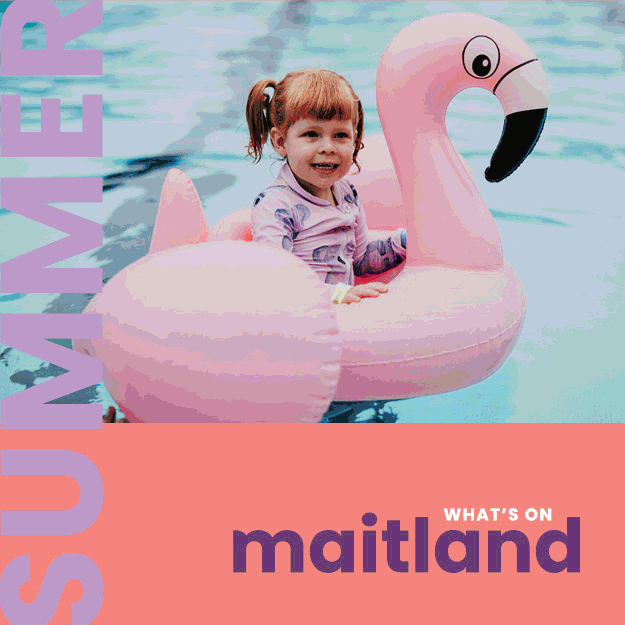COVID-19 information lacking for blind and low vision Australians
- Oct 7, 2020
- 3 min read

A Monash University study has found that graphical information relating to the COVID-19 pandemic regularly presented in mainstream media is inaccessible to blind and low vision people (BLV).
Researchers from Monash University’s Faculty of Information Technology (IT) found nearly half of BLV people surveyed wanted improved access to information about daily COVID-safe living practices.
The dissemination of information has been a critical component of the world’s response to the COVID-19 pandemic.
With much of this information presented as visual graphics, a team of researchers from the Faculty of IT examined the nature and accessibility of the information being shared through various media outlets.
A total of 63 sighted and 20 BLV people participated in the survey. Despite 79 per cent of BLV people reporting that they were all well-informed, there were significant differences between sighted and BLV respondents in terms of the type of topics being accessed.
BLV people had only 30 per cent exposure to data and graphically presented information, such as those relating to infections by geographical location, case numbers over time and ‘flattening the curve’ visualisations.
Ahead of Blindness Awareness Month in October, this study aims to understand the information and accessibility needs for BLV people in current and future public emergency situations and calls for a more inclusive response to the COVID-19 pandemic.
Project Lead, Leona Holloway, is a Research Assistant in the Faculty of IT’s Inclusive Technologies Research Group and Australia’s representative on the executive of the International Council on English Braille (ICEB). She believes this study has identified the need to consistently offer information that is accessible to all.
“While there are some instances in which the COVID-19 information being shared by the government and media is accessible to BLV people, it is not being done so consistently enough for BLV people to be able to rely on that source of information or feel included in the audience messaging,” Ms Holloway said.
“By not consistently sharing information that is accessible to all, we endanger those within our community who are already at a high risk, due to their reliance on touching public surfaces, or their difficulty in following social distancing measures because they’re unable to see queuing markers on the floor.”
Forty-five per cent of the BLV respondents had relied on sighted assistance to access COVID-19 information, suggesting that the information was not available in accessible or easy-to-use formats.
One in five BLV people wanted more information about how COVID-19 compared to other diseases and epidemics.
"Information is not being provided on the same basis to those of us who have a vision disability as it is to sighted people (and) this is potentially placing us at an increased risk of contracting the virus through unknowingly entering some hotspots," shared an anonymous survey respondent.
"They don’t describe things very well on TV. They just say, ‘look at this graph and look at that graph’, and that’s not helpful at all," added a survey participant who is totally blind.
With information changing rapidly, many of the graphics used during the pandemic were either automatically updated or interactive, meaning they did not support alt-text, in which written descriptions are used in place of an image.
Professor Kim Marriott, Head of the Department of Human-Centred Computing in the Faculty of IT, believes this study is an opportunity to address gaps in the way information is being distributed.
“Our study found that BLV respondents relied heavily on news programs for their information. However, because these outlets often summarised the key information rather than providing direct access to the data, BLV people were unintentionally denied the opportunity to scrutinise the information themselves and make their own well-informed decisions,” Professor Marriott said.
Other key findings of the study identified that television and radio news outlets, along with government or health institution channels, were the most popular sources of information for all respondents.
Community groups were much more important sources of information because of their ability to provide additional information and advice on issues specific to BLV people.





















































